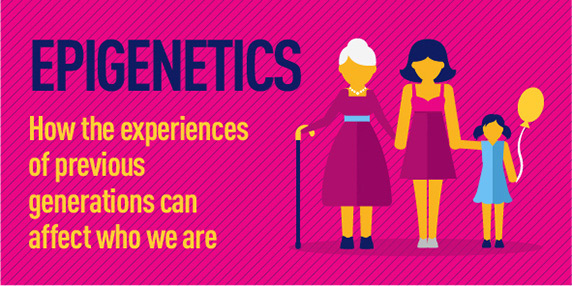 |
| https://eo.ucar.edu/kids/green/images/carboncycle_sm.jpg |
S&EP - SP7: Engaging in argument from evidence
I used evidence to defend my explanation. I filled out a worksheet related to the Carbon Cycle, providing a game that my table and I played that helped us understand how carbon travels from abiotic factors and biotic factors, as evidence. I formulated evidence based on solid data when I stated that carbon doesn't always travel in the same pattern. That it can travel through any of the abiotic and biotic factors apart of the Carbon Cycle in any order, using the cycle pattern my table and I's carbon molecules went through as evidence. I examined my own understanding in light of the evidence. I used to think that the carbon molecules always follow the same order and pattern in the Carbon Cycle, but because of the game that I played with my group in class, now I think that the carbon molecules don't always travel in the same pattern/order throughout the Carbon Cycle. I collaborated with my peers in searching for the best explanation. I did some research on how carbon travels throughout abiotic and biotic factors throughout the Carbon Cycle which I discussed with my table group. Together we figured out the different stages a carbon molecule can travel to in the Carbon Cycle. As well as the fact that the carbon doesn't have to go through the Carbon Cycle in the same order.
XCC: Patterns
The pattern that occurs in the Carbon Cycle is the cycle that the carbon molecules go through as they travel from abiotic and biotic factors. The carbon molecules routine through the same seven stages in the cycle. These stages include the atmosphere, animals, surface ocean, deep ocean, fossil fuels, soil, and plants. The carbon molecules usually follow a general course through the Carbon Cycle. This pattern includes the carbon dioxide starting in the atmosphere, used by plants through Photosynthesis, decomposed and stored in soil, turned into fossil fuels, burned and finding its way to the ocean, traveling to the surface and consumed by animals, traveling through different species, then finally returning to the atmosphere as the animals perform Cellular Respiration. However, this doesn't mean that all carbon molecules always follow the same pattern. The carbon can actually travel to and from any stage of the cycle, in any order. This is because all stages or abiotic and biotic factors of the cycle are able to connect with each other in some way. They allow the carbon to directly travel to any stage from any stage of the cycle. This pattern in the Carbon Cycle can answer many questions on how carbon travels to and from different organisms and places. Such as answering the question of how carbon can travel from a plant to an animal. By observing and studying the Carbon Cycle, one can easily tell that this situation happens when the certain species consumes the plant directly or consumes an organism that consumed that particular plant.
